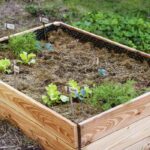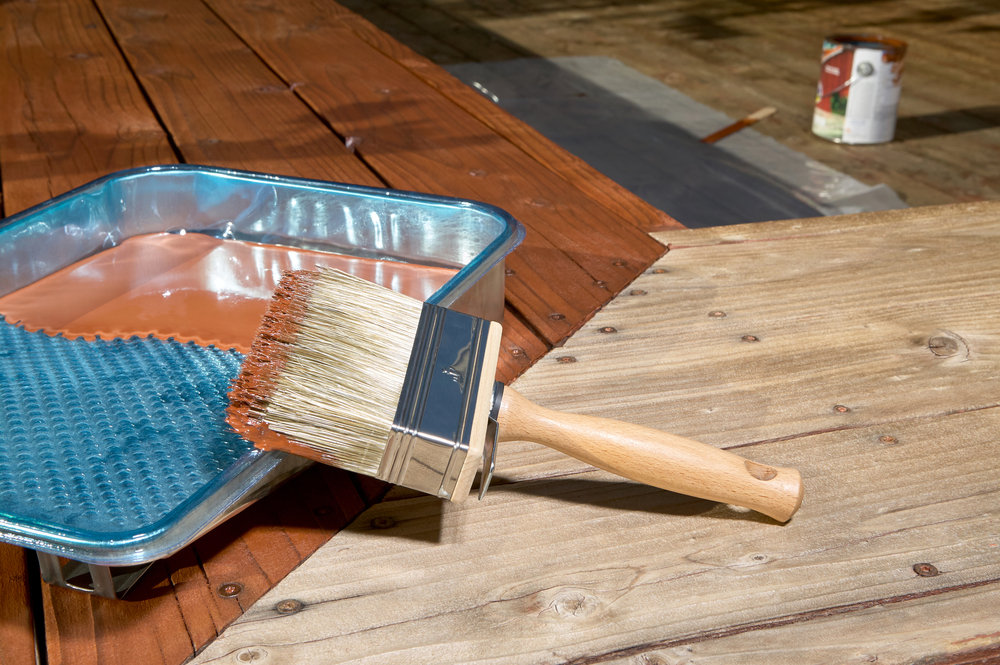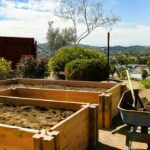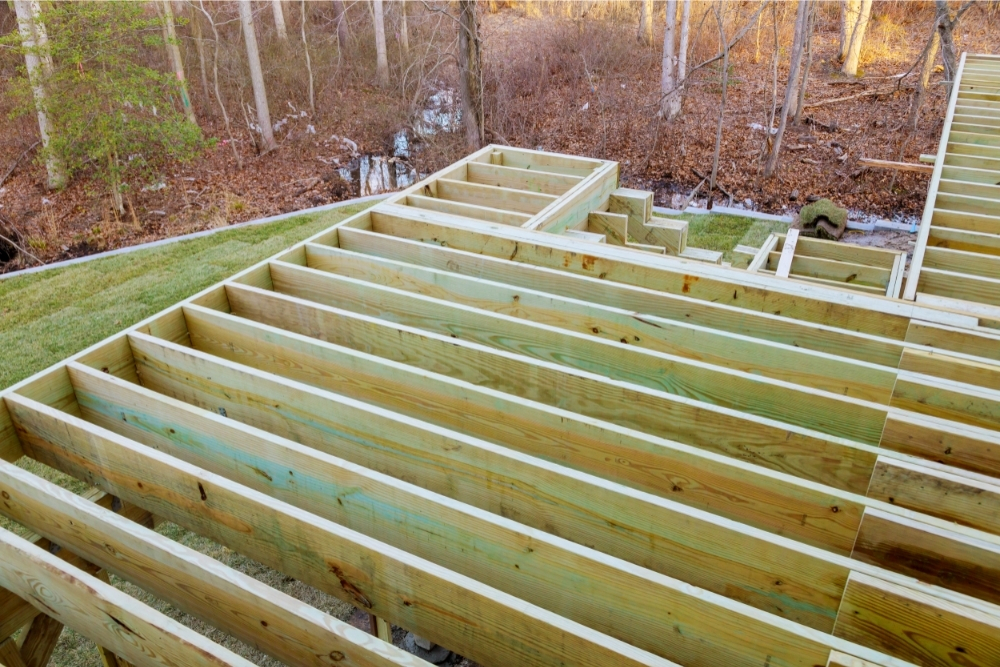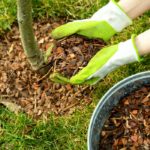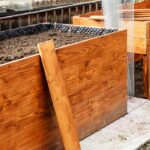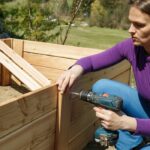While gardening with raised beds definitely gives you more control over the quality and type of soil, the best soil ultimately depends on the plants you’re planning to grow. Most soil types are ideal for a wide range of uses, but there are some which fulfill a more specific purpose. So, which soil is best for raised beds?
The best soil for raised beds is one that’s loose and well-draining. It should also contain nutrients that promote growth and organic fertilizers, such as worm castings, compost, and sea kelp. You can also make your own soil mix by combining peat moss, vermiculite, and compost.
Generally, it’s best to avoid using particularly cheap bags of soil for your raised beds — they deserve better! Let’s take a closer look at what dirt type is best for raised garden beds, where you can buy it, and how to make a DIY soil blend, so that you can grow the healthiest fruits, vegetables, and flowers in your raised beds.
What’s the Best Type of Dirt for Raised Garden Beds?
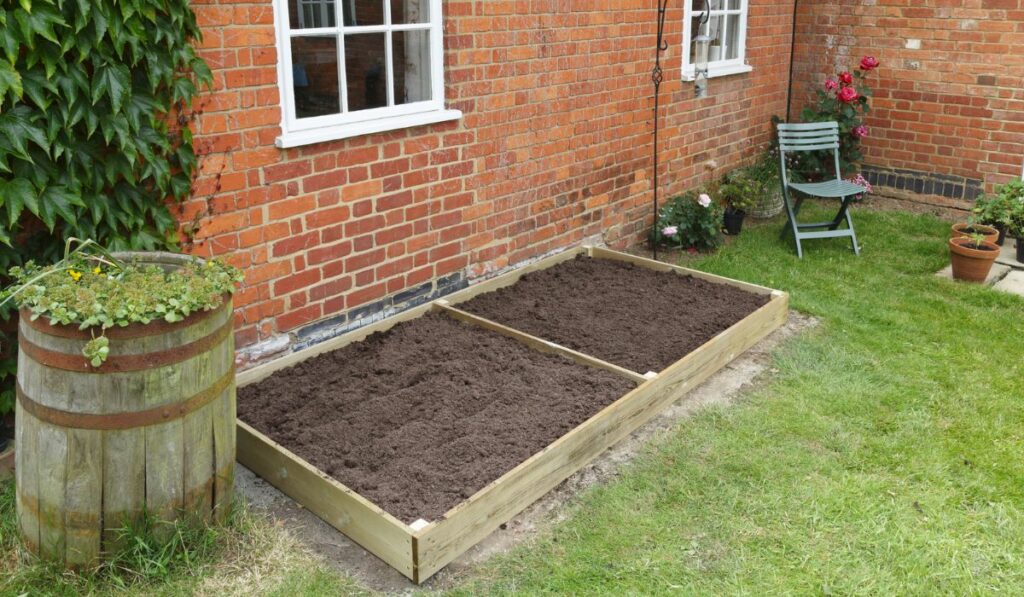
The best type of dirt for raised garden beds is sandy loam or soil that’s loose, well-draining, and full of organic matter. It’ll be a good combination of garden soil and potting soil with exceptional drainage properties that help ensure a healthy environment for your plants.
The ideal soil for raised garden beds also contains nutrients that promote growth. The best organic, natural fertilizers include sea kelp, worm castings, and compost. These fertilizers improve and enhance the condition and quality of the soil without contaminating it.
They also release all nutrients slowly, which helps prevent harmful buildup and ensures that the plants aren’t damaged by a sudden deluge of nutrients at once.
Soil Recommendations and Where to Buy Them
The ideal soil mix for raised beds is a mixture of topsoil, substrate, and a large amount of compost, which has nutrients that enhance the conditions of your soil. To help your plants thrive, here are a few soil recommendations for your raised garden beds.
The list includes both general mixes and specialized soils, so make sure you choose the one that best suits the needs of your plants.
Miracle-Gro Potting Mix
This Miracle-Gro mix (on Amazon) offers a wide range of nutrients from several different sources, including peat, peat moss, fertilizer, processed forest products, coir, perlite, compost, and wetting agents.
Its compost content is also varied and includes grass clippings, animal manures, composted bark, and composted leaves. This extremely wide range of ingredients results in an incredibly strong nutrient base that enhances the growth of an assortment of plants.
The inclusion of perlite further helps prevent compaction while improving aeration and drainage at the same time. Once you add this mix over quality topsoil, it will be able to support and nourish your plants for up to six months.
FoxFarm Happy Frog Potting Soil
The FoxFarm FX14047 potting soil (on Amazon) is a mixture of microbes, sediment, and mycorrhizal fungi. The fungi create a symbiotic relationship with your plant’s root mass, in turn enhancing the nutrient intake of their root system.
This basically means that the fungi expand the reach of your plant’s root system and promote their development. The sediment balances the fungi content, providing your plants’ root system with the aeration and light texture it needs to expand.
The mix also has a pH balance that’s ideal for the growth of moat flowers, fruits, and vegetables. However, the potting soil does have one drawback. It holds moisture so well that it might start to grow mold in certain humid conditions.
Mountain Valley Minute Soil
Formulated with raw coconut coir, this Mountain Valley Minute Soil (on Amazon) retains moisture, ensures proper air circulation, and provides a healthy, nutritious boost to topsoil.
You can either hydrate the complete block to get 15 gallons of soil or only rehydrate the amount you need for a specific plant or project. Its compressed packaging further ensures easy storage and makes it ideal for a wide variety of gardening uses and needs.
The compressed blocks are available in different sizes as well, so you can easily choose the one that best suits your available storage space.
How to Make a DIY Soil Blend
It’s important to note that when you’re making a DIY soil blend, you probably won’t get the perfect mixture on the first try. In fact, formulating great soil is a lengthy process that can take several growing seasons to perfect.
To make a soil blend, you only need three ingredients:
- Compost or topsoil with added compost
- Vermiculite
- Peat moss
You just need to mix these three ingredients in around equal amounts to make a soil blend for your raised beds.
While there isn’t an exact science to this soil mix, there are a couple of things you should understand about the three products, so that you can grow and maintain the healthiest plants.
Compost
Compost provides your plants with all the nutrients they need for healthy growth. There are several different types of prepackaged compost available, such as cow manure compost, worm casting compost, mushroom compost, and chicken poop compost.
It’s better to use at least two different sources or types of compost for raised beds, as this will provide your plants with a wider range of nutrients. The type you choose is entirely up to you of course!
Peat Moss
Peat moss is essentially dead moss that’s decomposed for an extremely long time. It helps the soil retain both nutrients and water, ensuring that your plants get everything they need. Peat moss helps loosen up denser compost and topsoil as well.
Vermiculite
Vermiculite is an extremely important ingredient that helps ensure proper aeration and drainage of raised garden beds. Your plants won’t thrive if their roots are waterlogged, so it’s vital to have a soil mix that drains water at the right pace.
When mixed with peat moss and compost, vermiculite offers just the right amount of aeration as well.
What Makes for Healthy Soil?
Healthy soil is neither sticky nor sandy. It also leans towards a darker shade of brown and smells earthy instead of rancid. Ideally, the components of a healthy soil mix can be broken into three parts: 50% high-quality topsoil and 30% high-quality certified or homemade compost.
The remaining 20% is more of a cocktail, and you can make your own signature mix. There are countless excellent mediums you can add to this 20%, but the following five are the most popular.
You can either add any four of them in increments of around 5% each or add 10% of one and 5% of any two others.
Leaves
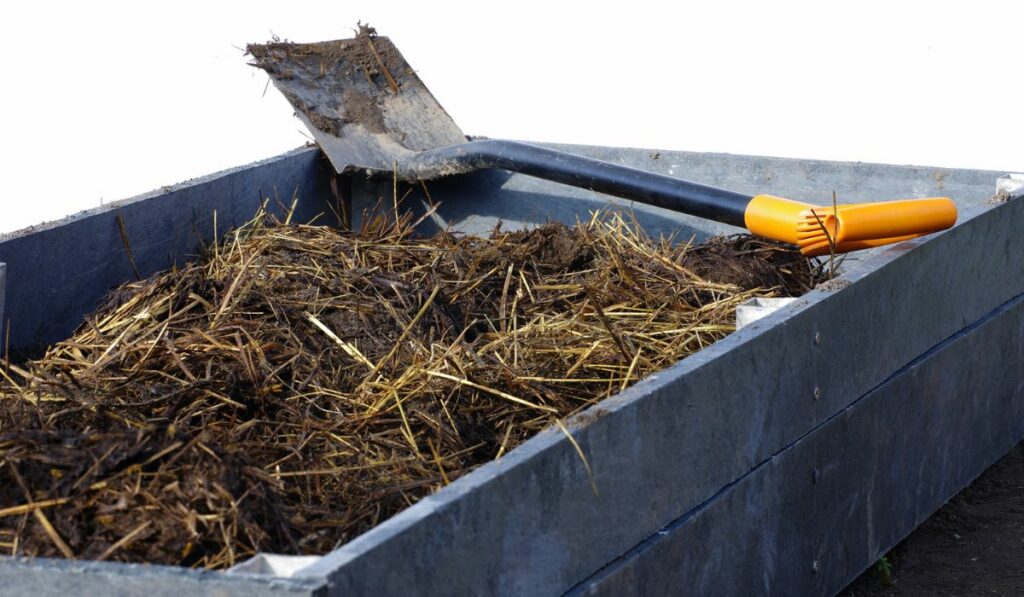
Shredded, well-aged leaves make for an excellent addition. They’re free (if you’ve got trees on your property) and add great bulk as well.
Mineralized Soil Blend
Mineralized soil blends are readily available and are usually locally sourced, so their makeup will depend on your locality. For example, Atlanta is rich in granite, so almost all mineralized soil blends there are made up of granite dust.
Vermicompost or Worm Castings
Worm castings contain a lot of the primary nutrients needed for healthy plant growth. If you can find vermicompost in bulk or in a bag, buy it. While it’s a bit expensive and not readily available, it’s definitely worth it.
Mushroom Compost
This dark brown organic material isn’t actually made of mushrooms. In fact, it’s the byproduct of all the ingredients in which mushrooms grow, or what’s left over after a mushroom harvest.
Ground Bark
There are several different types of ground bark available, but pine is the easiest to find. While it’s a bit acidic, it won’t have a significant effect on your soil’s overall pH. However, make sure you use aged bark for your raised beds.
How to Maintain Healthy Soil in Raised Beds
Formulating a high-quality soil mix for your raised beds will provide you with excellent results during the first growing season. But if you don’t maintain that soil, your plants will completely drain the nutrients from it, resulting in wilting plants in the second growing season.
For this reason, it’s best to amend the soil at least once or twice every year with organic nutrients and not synthetic fertilizer. By regularly amending your raised garden beds, you’ll see great soil in season two, incredibly rich soil in season three, and so on.
Before you make any amendments to your soil, make sure you conduct a soil test with a soil test kit (on Amazon). This will help determine the deficiencies and pH of your soil and allow you to make the right amendment choices.
If you’re amending your soil with anything other than compost, like mineralized soil or worm castings, make sure you mix the ingredients into compost first, and then add that mixture to your raised beds.
This is because compost acts as a buffer, so if anything undesirable finds its way into any of those mediums, it’ll neutralize the potential negative effect.

